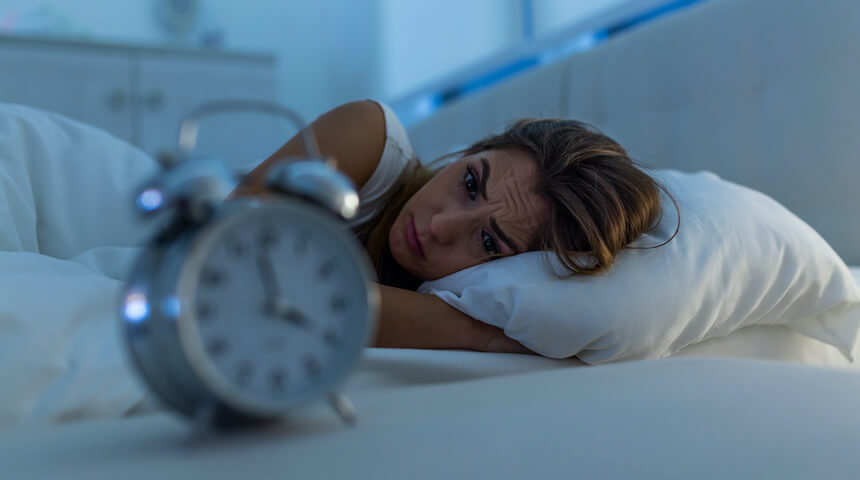Do You Sweat Excessively? It May Be More than a Nuisance
On a hot day when you're physically active, sweating can seem like a nuisance. It drips down your face and into your eyes, even soaking your clothes to the point of discomfort. Still, sweating is an important bodily function that serves to keep the body cool. As sweat evaporates from your skin, it draws heat out of your body, which helps prevent you from overheating.
For an estimated 7.8 million people in the United States — or almost three percent of Americans — their bodies produce an excessive amount of perspiration, even when they’re not exercising or in a hot environment. This condition, known as hyperhidrosis, can cause a wide range of problems.
Excessive Sweating
Those who have hyperhidrosis may produce so much sweat that it soaks through their clothes or drips from their hands during everyday activities. Hyperhidrosis can even make it difficult to type on a computer or turn a doorknob. This condition affects the feet, underarms, chest, back, face and head, and while it can occur at any age, the majority of patients are no more than 25 years old. Ultimately, hyperhidrosis can disrupt normal daily activities and cause embarrassment and anxiety for people who have it.
If you suddenly begin to sweat more than usual or experience night sweats, this is likely not hyperhidrosis. Seek immediate medical attention if your increased sweating is accompanied by nausea, light-headedness or chest pain. In some cases, profuse sweating can be a sign of a more serious condition.
Getting a Diagnosis
Hyperhidrosis is typically treated by a dermatologist. To diagnose this condition, the doctor will conduct a physical exam of the patient, looking closely at the areas affected by excessive sweating. The dermatologist likely will ask specific questions about when the sweating occurs and what types of activities are involved. This will help the doctor understand the potential causes.
If the results of this exam are unclear, other medical tests may be necessary. The doctor may order a test called the “sweat test,” which involves coating the skin with a powder that turns purple when it gets wet.
Non-Surgical Treatments
If you’re diagnosed with hyperhidrosis, initial treatments may include oral, topical or injectable prescription medications, such as:
-
Prescription antiperspirants or topical creams.
A prescription antiperspirant with aluminum chloride can be effective in reducing perspiration. A prescription cream that contains glycopyrrolate or clonidine also may help.
-
Botulism toxin injections.
Commonly known as Botox, this injection temporarily blocks the nerves that cause you to sweat. The positive effects can last up to 12 months at a time.
-
Nerve-blocking medications.
These block the chemicals necessary for nerves to communicate, thus reducing sweating in some people.
-
An iontophoresis device.
This at-home treatment requires you to keep your hands or feet in a shallow pan of water while a medical device sends a low-voltage current through the water. This temporarily shuts down the sweat glands after 6 to 10 treatments.
Surgical Options for Hyperhidrosis
If these treatments aren’t effective, your dermatologist may recommend a surgical treatment known as endoscopic thoracic sympathectomy (ETS). This procedure involves the cutting or clamping of a sympathetic nerve, or the removal of a ganglion (a structure containing a number of nerve cell bodies) that’s causing the sweating to occur. By blocking the signals from the brain that tell the body to sweat, ETS can moderately to seriously reduce sweating in the treated areas of the body.
ETS is an elective surgery, but if a patient has tried multiple treatments and their quality of life remains negatively affected, it may be the best route. Someone with hyperhidrosis may have to change their shirt or socks every couple of hours during work or school, or always wear clothes that conceal their sweat. This can affect someone’s ability to work, maintain relationships and feel comfortable in their own skin.
In some cases, increased sweating can occur in other areas of the body after this procedure. Overall, ETS is a highly effective treatment for most patients and can be life-changing.
Choose to Stay in Touch
Sign up to receive the latest health news and trends, wellness & prevention tips, and much more from Orlando Health.
Sign Up










